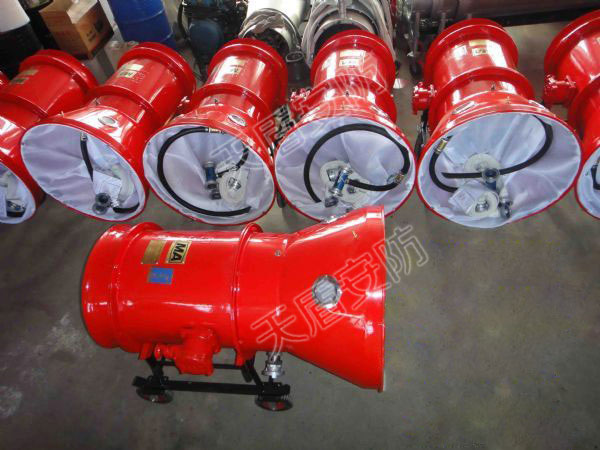
Shandong Security & Rescue Equipment Manufacturing Co., Ltd



Summary Portable fire extinguisher is the first line defense against small fire. We can easily recognize its appearance while we walk through the plant site or building inside it...
Portable fire extinguisher is the first line defense against small fire. We can easily recognize its appearance while we walk through the plant site or building inside it. But the question is "Can those fire extinguishers used to put out any type of fire?"
Of course they can not. They can only be used for type of fire as described on its label. Never use the extinguisher for any fire other than what are described on the label.
Type of fire extinguishers
To choose proper types, choose according to types of fires:
Class A are suitable for ordinary combustible materials such as paper, wood, fabric, rubber and most plastics. The numerical rating for this type is 2-A. It means that the extinguisher can extinguish fire as much as 2-1/2 gallon water on ordinary combustible materials.
Class B are suitable for fire involving flammable or combustible liquids and gases, such as gasoline, kerosene, fuel oil and grease. The numerical rating for this type of extinguisher is 10-B, which means the extinguisher can diminish fire of area around 10 square feet.
Class C are suitable for fire involving all electrical-energized equipments, such as appliances, breaker, wiring and circuit breakers. The numerical code for this type of extinguisher is C, which means not conductive extinguisher agent.
Class D are devoted only for fires that involve combustible metal such as magnesium, titanium, potassium and sodium. These metals are commonly found in laboratory. This extinguisher type has no numerical rating.
Besides the above types, a multi purposes fire extinguisher is also available. An example of it is class A, B, C extinguishers and is recommended for used inside building where many types of fires encountered.
Chemical contents of extinguishers
Each extinguisher type contains different extinguisher agent. Lets talk one by one of chemical contents of extinguishers.
Water. Water extinguisher and air-pressurized water is only suitable for Class A extinguisher. Water extinguishers are filled with water and pressurized oxygen. Never use water extinguisher for extinguish fire involving electrical fires or class D fires! It will not put out the fires, it will make the fires spreading and getting bigger!
Foam or powder. Fire extinguishers, which are filled with foam or powder and pressurized with nitrogen, is usually called by dry chemical extinguishers. Dry chemical fire extinguishers are available in BC type and ABC type. BC type chemical is sodium bicarbonate or potassium bicarbonate, which is mildly corrosive. ABC type is filled with monoammonium phospahate, which is a sticky yellow powder and can damage electrical appliances. Dry chemical extinguishers are suitable for class A, B and C fires.
Carbon dioxide (CO2). Carbon dioxide extinguishers are suitable for class B and C fires. This type of extinguisher is best applied on electrical fires.
Choosing the proper fire extinguishers are very fundamental in order to put out small fire at the plant site and building inside it. Remember, all fire extinguishers are not suitable for all fire types. Make the best choices to provide best fire protection.
